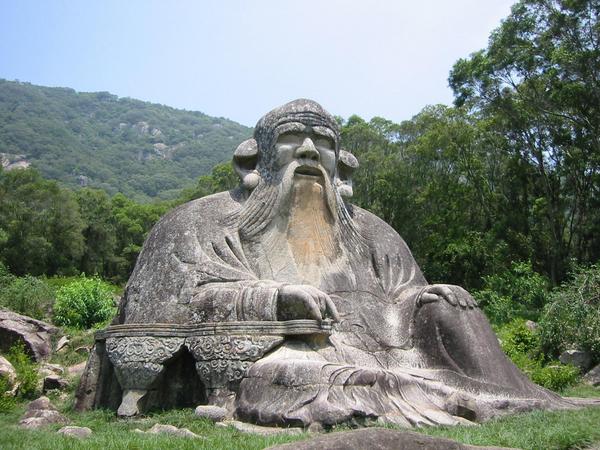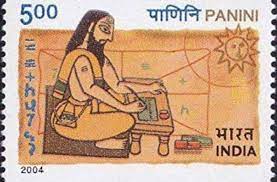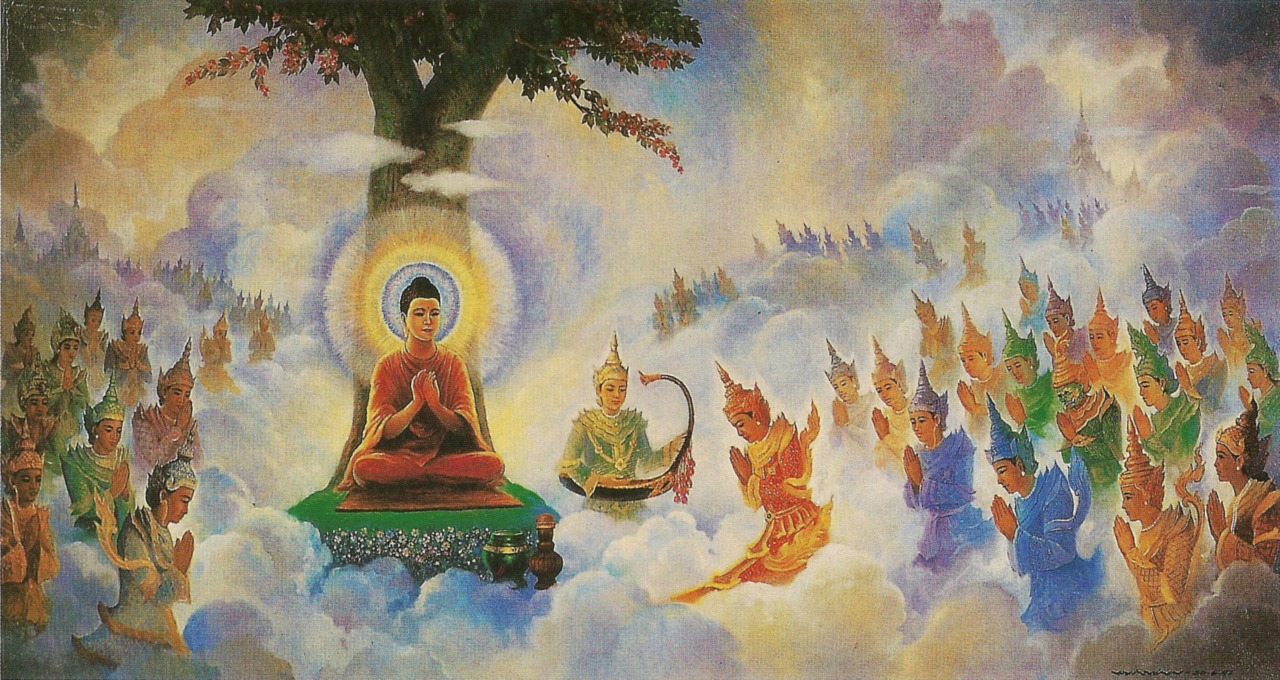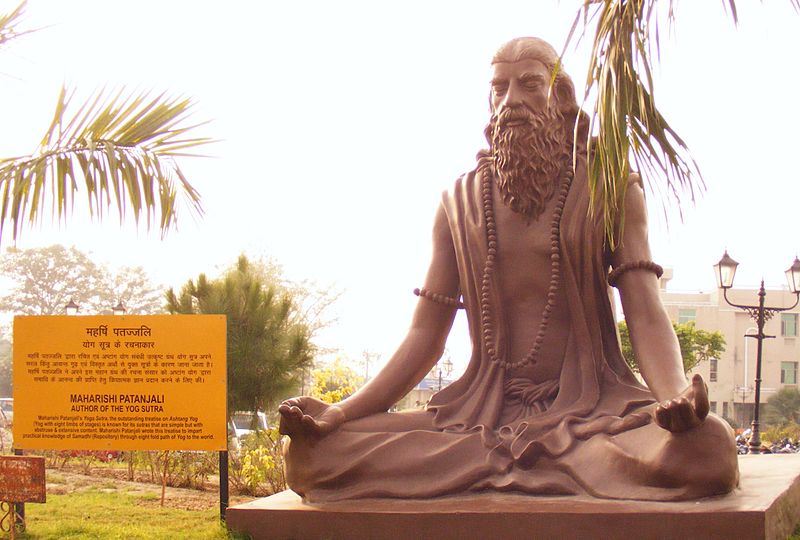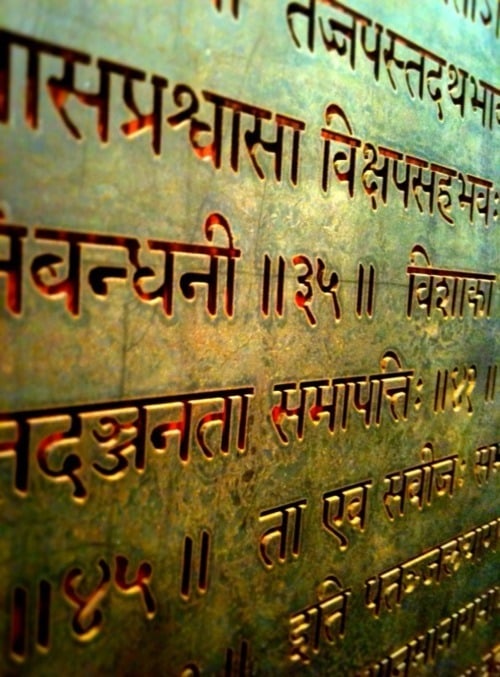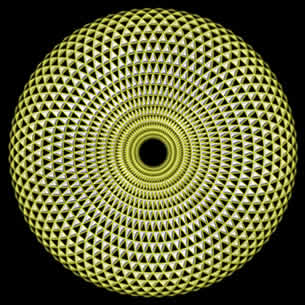Taoism and Modern Yoga
In Westernized yoga, there appears to have been a bit of a confounding of eastern traditions in regards to their application in yogic philosophy. We tend to mix up Buddhism, Hinduism, Taoism, even Jainism and put them all into the same category of “mindfulness” aimed towards stress reduction and happier, more meaningful living. Not that … Read more

